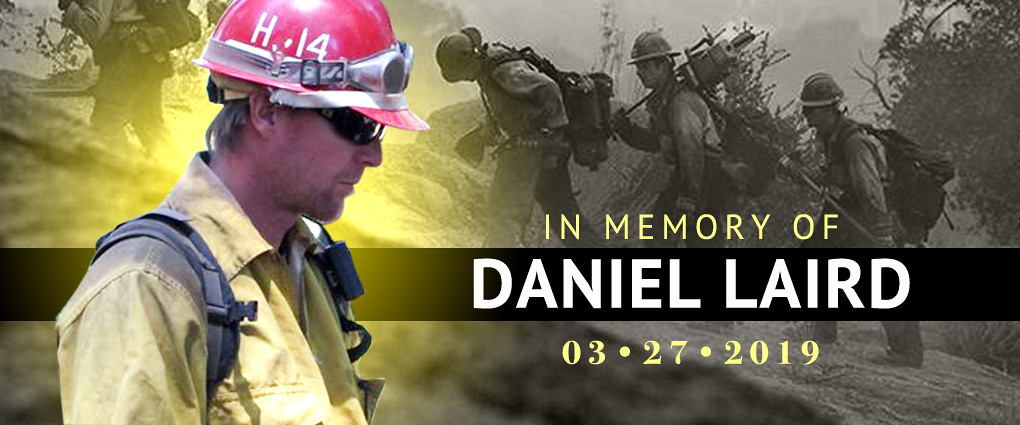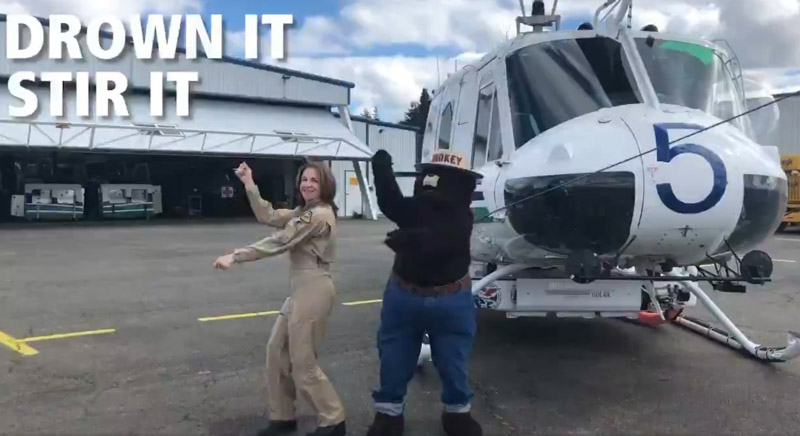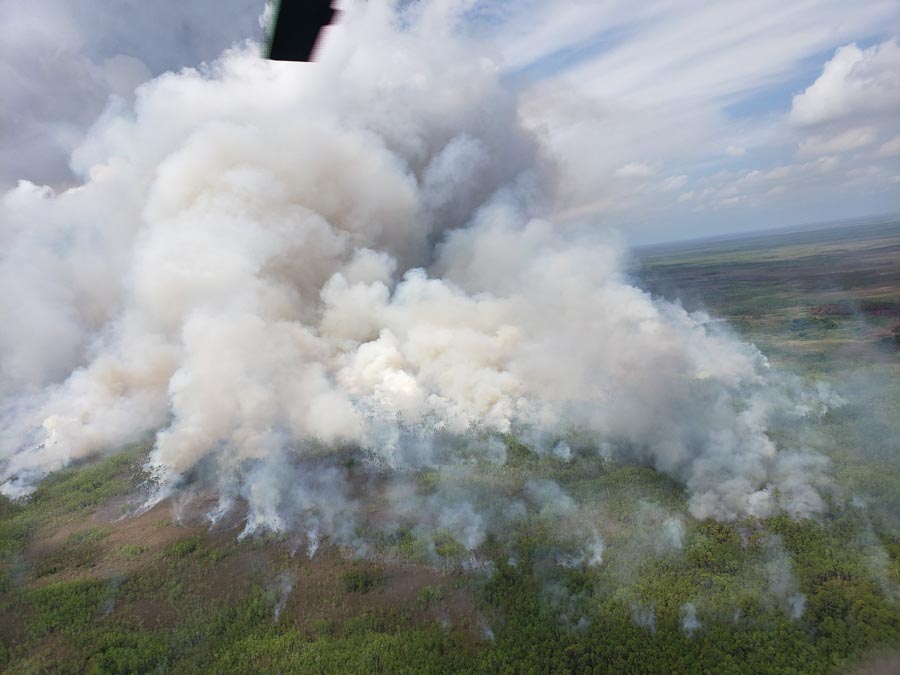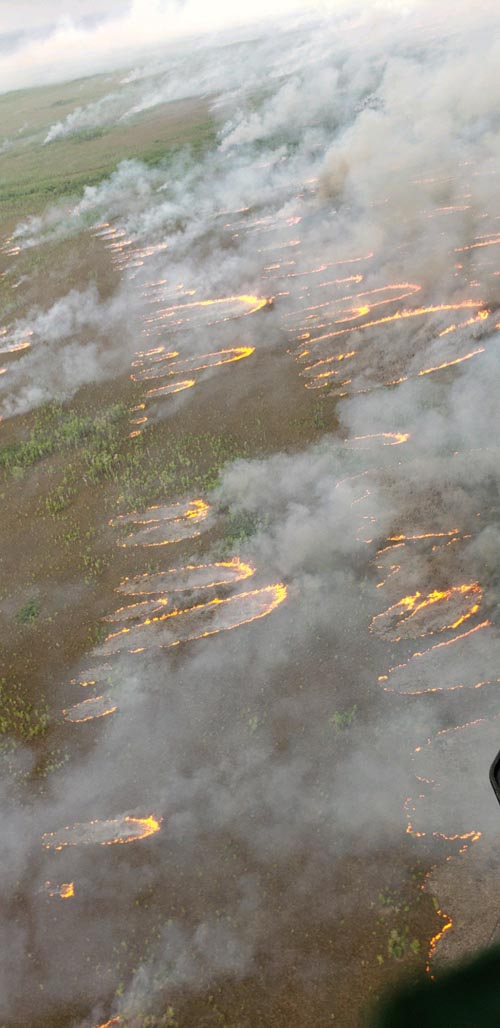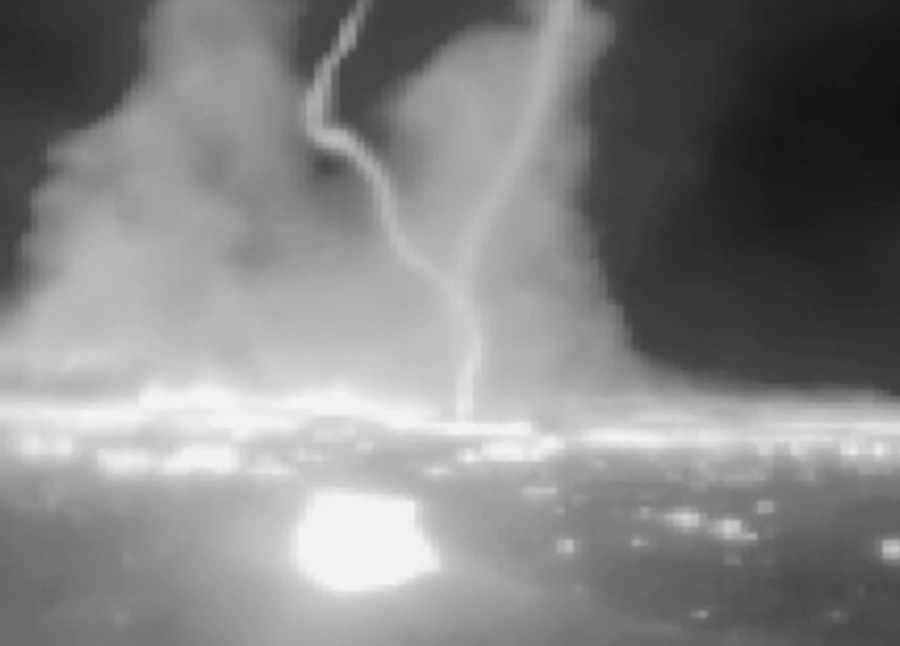Daniel Laird, the U.S. Forest Service Helitack Captain who was killed in a helicopter accident on March 27 was honored April 3 by a procession from Conroe, Texas to the Bush airport in Houston.
Chris Schenck, of the Texas Parks and Wildlife described it:
Today Adam Terry and I, representing TPWD, had the privilege of participating in the Memorial Procession for Daniel Laird, USFS Firefighter who perished in a helicopter crash last week.
It was for me an important element of respect for our fallen brother firefighter. More than 100 fire vehicles traveled in procession from Conroe to Houston Airport. Along the way fire companies with apparatus on overpasses and civilians saluted this fine young man as we passed.
It was both moving and helpful to those of us who have been involved in fire and aviation management.
The video shows the procession to the airport.
A United Airlines 737 transported Captain Laird from Houston to Sacramento where an honor guard escorted him to the Ullrey Memorial Chapel in Yuba City. On the trip to Yuba City firefighters and others paid their respects along the route and at overpasses.
Captain Laird was one of three people in a helicopter that crashed during aerial ignition operations on a prescribed fire in the Sam Houston National Forest in Texas. The pilot, Morgan J. Kozloski, and a passenger, Kelly Callahen, were injured. The privately owned helicopter was under contract to the government.
Captain Laird worked on the Tahoe National Forest in California and leaves behind his wife and daughter. He had served for 23 years with the U.S. Forest Service.
Scheduled memorial events:
Friday, April 5
- 4 p.m. to 7 p.m.: Public Viewing at Ullrey Memorial Chapel, 817 Almond Street, Yuba City, CA.
Saturday, April 6
- 9:30 a.m. to 10 a.m. — Processional from Ullrey Memorial Chapel to Sutter Cemetery at 7200 Butte House Rd. Sutter, CA. Many firefighters and pieces of fire apparatus are expected to participate in the processional.
- 10 a.m. — Graveside service. This is a family service and seating is limited but they have invited any members of the U.S. Forest Service, other agencies and the public to attend as room allows.
- 11:30 a.m. to 12:30 p.m. –The Laird family will be arriving at the House of Bread Church, through the Cordon of Honor. 6521 Hazel Ave, Orangevale, CA.
- 2 p.m. — Memorial service at the House of Bread Church, 6521 Hazel Ave, Orangevale, CA.

